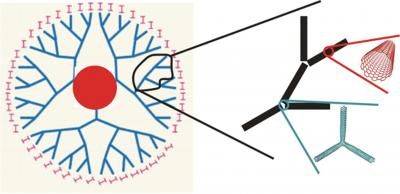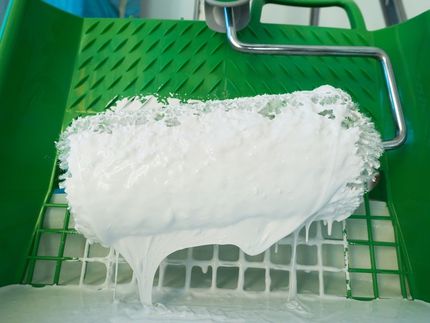Toxic chemicals found in common scented laundry products, air fresheners
A University of Washington study of top-selling laundry products and air fresheners found the products emitted dozens of different chemicals. All six products tested gave off at least one chemical regulated as toxic or hazardous under federal laws, but none of those chemicals was listed on the product labels.
"I first got interested in this topic because people were telling me that the air fresheners in public restrooms and the scent from laundry products vented outdoors were making them sick," said Anne Steinemann, a UW professor of civil and environmental engineering and of public affairs. "And I wanted to know, 'What's in these products that is causing these effects?'"
She analyzed the products to discover the chemicals' identity.
"I was surprised by both the number and the potential toxicity of the chemicals that were found," Steinemann said. Chemicals included acetone, the active ingredient in paint thinner and nail-polish remover; limonene, a molecule with a citrus scent; and acetaldehyde, chloromethane and 1,4-dioxane.
"Nearly 100 volatile organic compounds were emitted from these six products, and none were listed on any product label. Plus, five of the six products emitted one or more carcinogenic 'hazardous air pollutants,' which are considered by the Environmental Protection Agency to have no safe exposure level," Steinemann said.
Her study was published by the journal Environmental Impact Assessment Review. Steinemann chose not to disclose the brand names of the six products she tested. In a larger study of 25 cleaners, personal care products, air fresheners and laundry products, now submitted for publication, she found that many other brands contained similar chemicals.
Because manufacturers of consumer products are not required to disclose the ingredients, Steinemann analyzed the products to discover their contents. She studied three common air fresheners (a solid deodorizer disk, a liquid spray and a plug-in oil) and three laundry products (a dryer sheet, fabric softener and a detergent), selecting a top seller in each category. She bought household items at a grocery store and asked companies for samples of industrial products.
In the laboratory, each product was placed in an isolated space at room temperature and the surrounding air was analyzed for volatile organic compounds, small molecules that evaporate from the product's surface into the air.
Results showed 58 different volatile organic compounds above a concentration of 300 micrograms per cubic meter, many of which were present in more than one of the six products. For instance, a plug-in air freshener contained more than 20 different volatile organic compounds. Of these, seven are regulated as toxic or hazardous under federal laws. The product label lists no ingredients, and information on the Material Safety Data Sheet, required for workplace handling of chemicals, lists the contents as "mixture of perfume oils."
This study does not address links between exposure to chemicals and health effects. However, two national surveys published by Steinemann and a colleague in 2004 and 2005 found that about 20 percent of the population reported adverse health effects from air fresheners, and about 10 percent complained of adverse effects from laundry products vented to the outdoors. Among asthmatics such complaints were roughly twice as common.
Organizations
Other news from the department science

Get the analytics and lab tech industry in your inbox
By submitting this form you agree that LUMITOS AG will send you the newsletter(s) selected above by email. Your data will not be passed on to third parties. Your data will be stored and processed in accordance with our data protection regulations. LUMITOS may contact you by email for the purpose of advertising or market and opinion surveys. You can revoke your consent at any time without giving reasons to LUMITOS AG, Ernst-Augustin-Str. 2, 12489 Berlin, Germany or by e-mail at revoke@lumitos.com with effect for the future. In addition, each email contains a link to unsubscribe from the corresponding newsletter.
























































